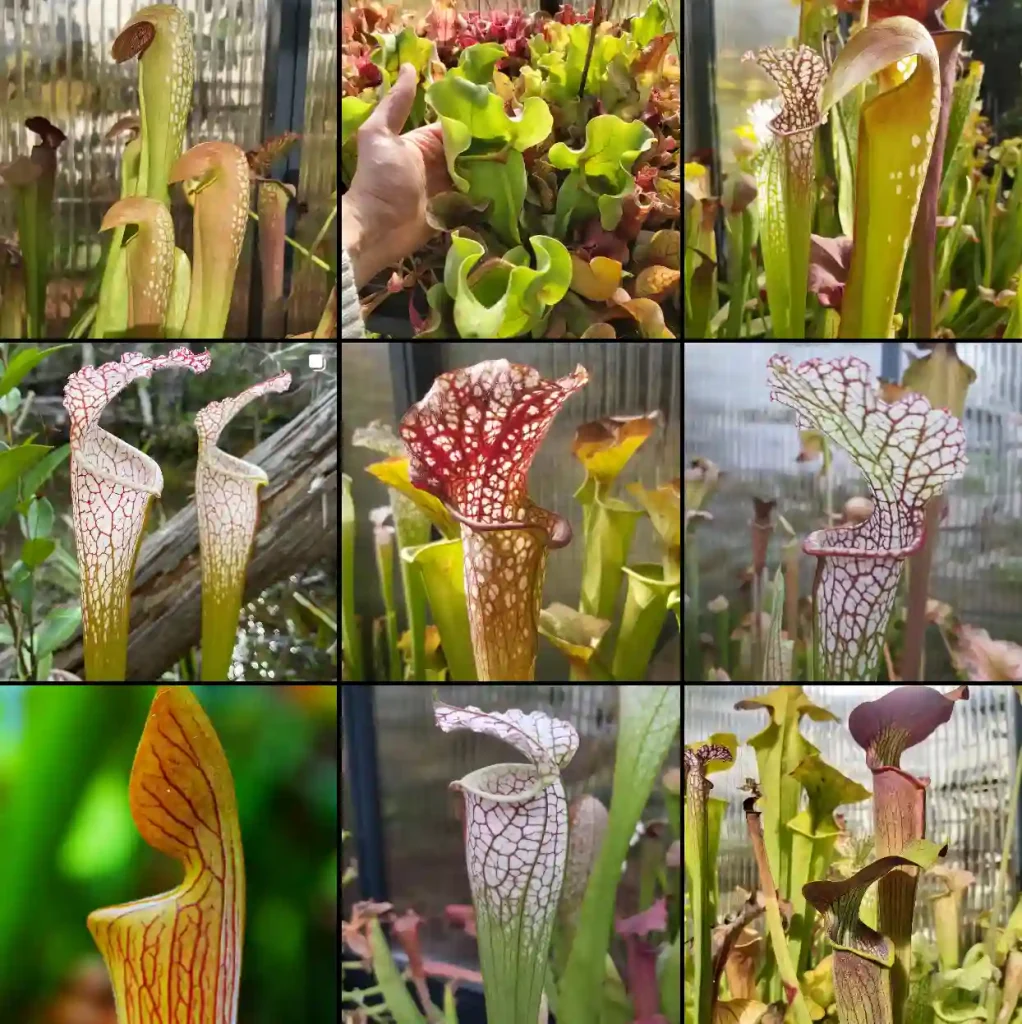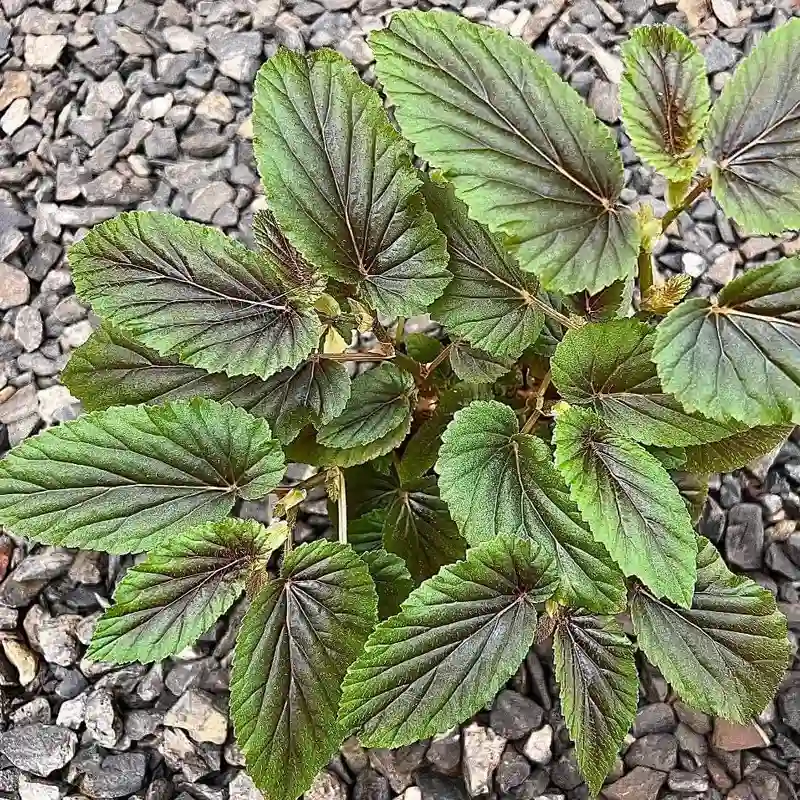FAQs About Chelone Tiny Tortuga
As a plant enthusiast, I’ve had my fair share of experiences with various plant species, and Chelone Tiny Tortuga has certainly piqued my interest. This unique plant, also known as the Tiny Tortuga Turtlehead, is a captivating addition to any garden or indoor collection. Here’s a comprehensive guide to everything you need to know about Chelone Tiny Tortuga, drawn from my personal experiences and research.
4 Species in Genus Chelone
What Is Chelone Tiny Tortuga?
Chelone Tiny Tortuga, or the Tiny Tortuga Turtlehead, is a dwarf perennial native to North America. It’s part of the Chelone genus, which includes several species commonly known as Turtleheads due to their unique flower shape that resembles a turtle’s head. This particular variety is admired for its compact size, making it perfect for smaller gardens or container planting. Its glossy green leaves and charming pink to white flowers add a touch of elegance to any setting.
How to Care for Chelone Tiny Tortuga?
Caring for Chelone Tiny Tortuga is relatively straightforward, but there are a few key points to keep in mind to ensure it thrives:
- Light: This plant prefers partial shade to full sun. Too much direct sunlight can scorch the leaves, while too little can hinder flowering.
- Soil: It thrives in well-draining, moist soil. A rich loam with good organic matter works best. Avoid overly dry or waterlogged conditions.
- Watering: Regular watering is crucial, especially during dry spells. However, be cautious not to overwater, as this can lead to root rot.
- Temperature: Chelone Tiny Tortuga is hardy in USDA zones 4-8. It can tolerate a range of temperatures but performs best in moderate climates.
- Fertilizing: A balanced fertilizer applied in early spring can promote healthy growth and flowering. Avoid over-fertilizing, which can lead to excessive foliage at the expense of blooms.
How to Propagate Chelone Tiny Tortuga?
Propagation of Chelone Tiny Tortuga can be achieved through several methods:
- Division: The most common method is by dividing the plant in early spring or late fall. Carefully separate the root clumps and replant them in well-prepared soil.
- Seed: You can also propagate by seeds. Sow the seeds in a seed-starting mix and keep them moist until germination. Transplant the seedlings once they are large enough to handle.
What to Plant With Chelone Tiny Tortuga?
Chelone Tiny Tortuga pairs beautifully with various companion plants. Consider these options to enhance your garden:
- Hostas: Their broad foliage complements the compact Turtlehead, providing a lush backdrop.
- Astilbes: Their feathery flowers and contrasting foliage add visual interest.
- Heucheras: With their colorful leaves, Heucheras can provide a vibrant contrast to the Turtlehead’s greenery.
- Ferns: Their delicate fronds create a harmonious blend with the Turtlehead’s texture.
Benefits of Chelone Tiny Tortuga
Adding Chelone Tiny Tortuga to your garden has several benefits:
- Attracts Pollinators: The flowers attract bees and butterflies, adding life to your garden.
- Low Maintenance: Once established, it requires minimal care, making it ideal for busy gardeners.
- Versatile: It can thrive in both garden beds and containers, providing flexibility in garden design.
Is Chelone Tiny Tortuga Toxic?
Chelone Tiny Tortuga is not known to be toxic to pets or humans. However, as with many plants, it’s always wise to keep any plant out of reach of small children and pets to avoid any potential ingestion issues.
Common Problems with Chelone Tiny Tortuga
While Chelone Tiny Tortuga is relatively hardy, it can face a few issues:
- Powdery Mildew: This fungal disease can occur in humid conditions. Ensure good air circulation and avoid overhead watering.
- Slugs and Snails: These pests may occasionally nibble on the leaves. Using organic slug repellents can help manage this problem.
Comparing Chelone Tiny Tortuga with Similar Plants
When comparing Chelone Tiny Tortuga with similar plants, such as Chelone Lyonii and other Turtleheads, here’s what you should consider:
- Size: Chelone Tiny Tortuga is notably smaller and more compact than Chelone Lyonii, which makes it a better fit for smaller spaces.
- Flower Color: While Tiny Tortuga primarily offers pink to white flowers, other varieties like Chelone Lyonii might have different color ranges.
- Growth Habit: Tiny Tortuga’s compact growth habit contrasts with the more vigorous and sprawling nature of some other Turtlehead varieties.
In conclusion, Chelone Tiny Tortuga is a delightful plant that brings both beauty and ease to any garden. Its modest size, combined with its charming flowers and straightforward care requirements, makes it a fantastic choice for gardeners of all levels. Whether you’re adding it to a garden bed or growing it in a container, it’s sure to make a lasting impression.
If i die, water my plants!



